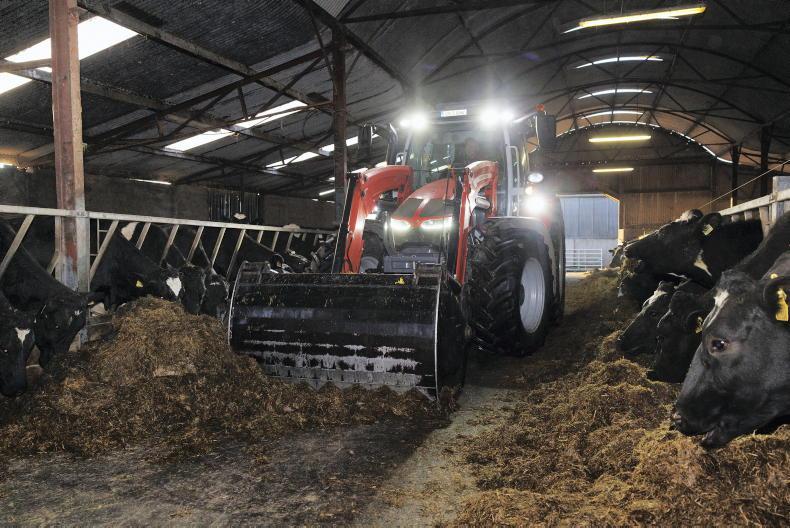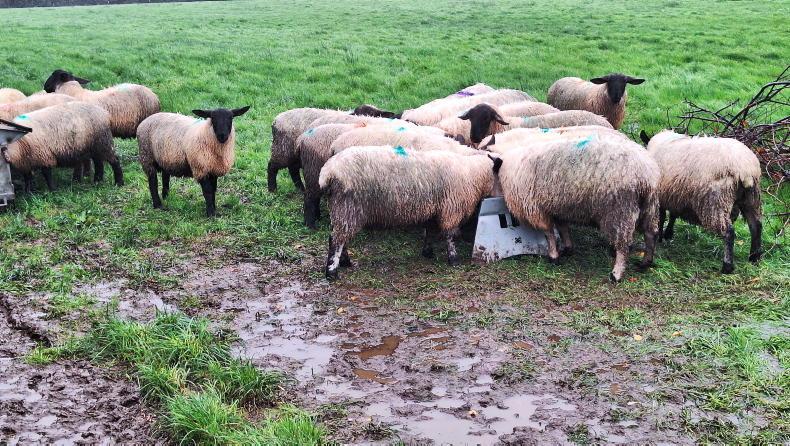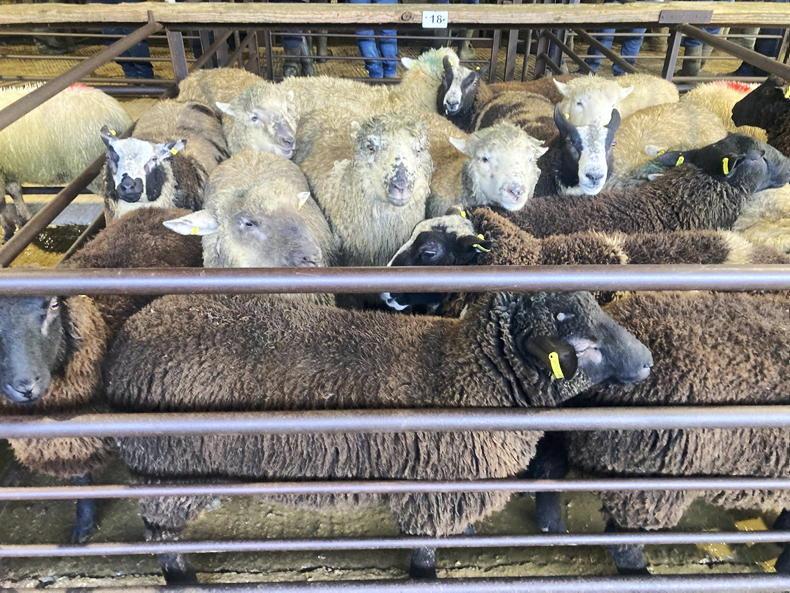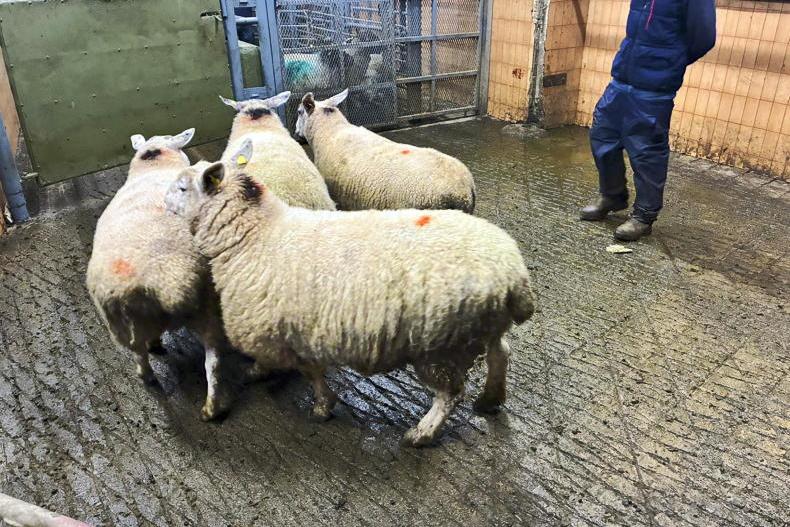The store lamb trade is attracting a lot of attention at present, which is not surprising given the escalation in input costs and their influence on finishing budgets. Producers who purchase lambs for finishing indoors intensively are following market performance closely, as these finishing systems will be most affected by higher concentrate costs.
This is not having an effect on the trade at present however, with the trade being predominately underpinned by producers purchasing lambs to finish off grass. Irrespective of the finishing system, it is prudent to carry out a finishing budget to both establish the likely financial performance and also focus your attention on what type of lamb presents the most potential.
For example, purchasing a lighter lamb may be beneficial in terms of presenting a lower cost to get numbers on hand, but it may be a poor decision if lambs will not be finished within a desired timeframe and the facilities are not present to finish longer-keep lambs efficiently.
It is also important to use realistic performance figures, as this will have a major bearing on the physical and financial performance of the system.
Grass supplies
Grass supplies and grass quality are paramount. Consider what grass supplies are likely to be (factoring in fertiliser applications), the target slaughter date and costs incurred. Lambs grazing good-quality leafy grass in August and early September will gain in the region of 160g to 200g liveweight daily.
Performance figures on grass should be eased back to 150g to 170g daily as you advance through September, with performance on good grass reducing to an average of 100g daily as you progress in to late October and November.
These performance targets are based on grazing good-quality grass and achieving high levels of utilisation. Where grass quality is poor and utilisation is challenging, then lambs will do well to achieve half these levels of gain as the year progresses.
Lamb type
The above predictions feed directly into decisions on lamb type. Lambs which are short of flesh may achieve compensatory growth for a period, but be cautious of lambs that may have had their growth stunted, as they will take much longer to respond.
Light lambs, in particular light hill or crossbred lambs, suit a system where there is grass or forage crops available to allow them to develop a frame before finishing intensively.
Finishing calculator
The Teagasc store lamb finishing calculator has been updated for the 2022 season and is a valuable tool in establishing the optimum finishing system for your farm. The calculator uses accurate performance data which is based on extensive research.
Producers enter information in the second column in Table 1 and are presented with a financial blueprint including the likely margin, breakeven carcase price and breakeven purchase price on a per head and per kilo liveweight basis.
Meal feeding at grass is based on a low level of supplementation and varies depending on the timeframe to sustain a desired level of performance. Veterinary costs depend on the extent of the programme in place. Teagasc estimates a low-cost programme including a quarantine drench, foot care and minor miscellaneous treatments to cost in the region of €1.50 per head.
This increases to €2.80/head where orf vaccination and a second worm drench is administered and €4.50/head where two clostridial disease vaccinations are administered.
Mortality will depend on the finishing system. For a short-term finishing system on grass, mortality could be as low as zero to 1%, while for a long-term finishing system incorporating indoor finishing, 2% to 3% mortality is more realistic.
Transport costs vary greatly depending on whether lambs are purchased locally and own transport is used, taking account of only direct costs or if lambs are transported a long distance. Other costs should include aspects such as bedding, applicable fencing costs, labour etc.
Lamb performance will vary depending on gender and lamb type and selecting from the options will alter output metrics. Grass quality will also have a major influence with options of selecting good, average or poor-quality grass.
Consideration should be given to the target carcase weight, as while maximising carcase weight will deliver the highest sale value, it may not return the greatest margin depending on the system in place. The projected carcase price (historical) is based on the average monthly price for that period in recent years.
The store lamb calculator can be accessed at www.teagasc.ie/animals/sheep/financial-management/.









SHARING OPTIONS